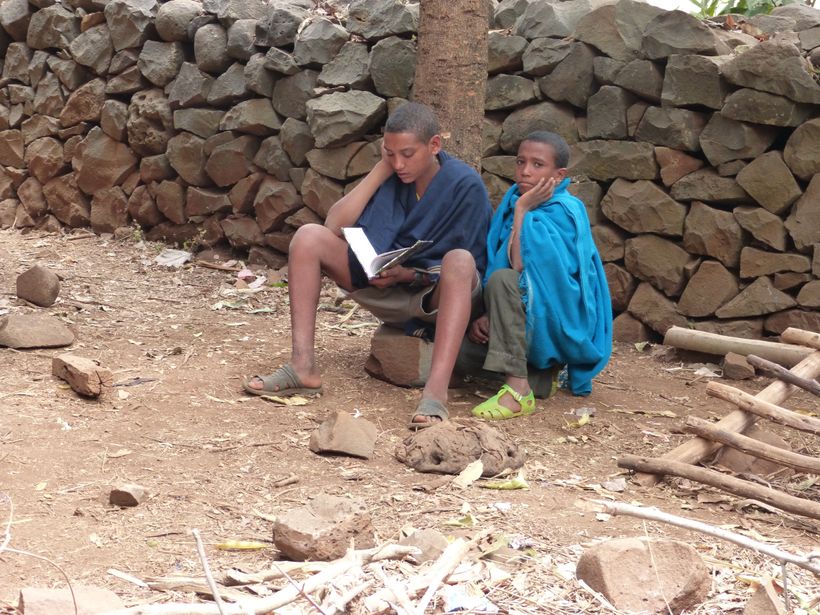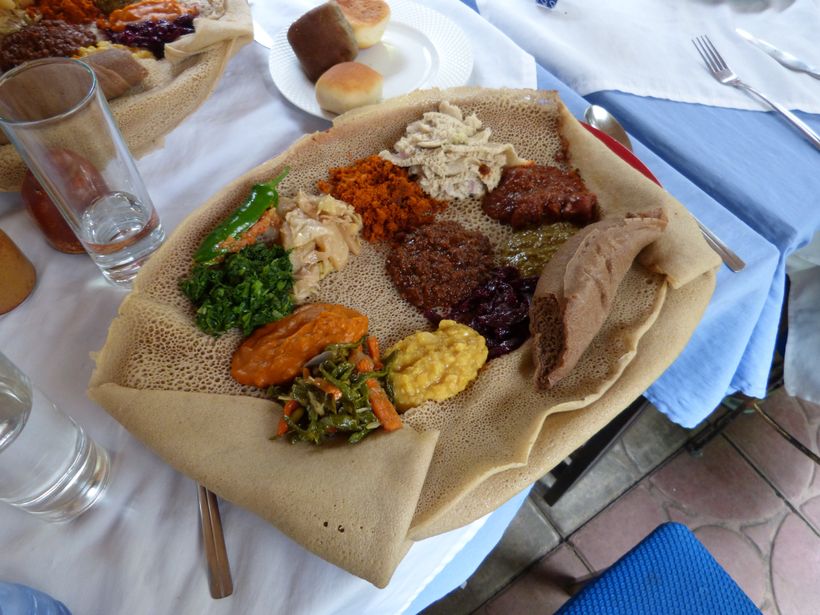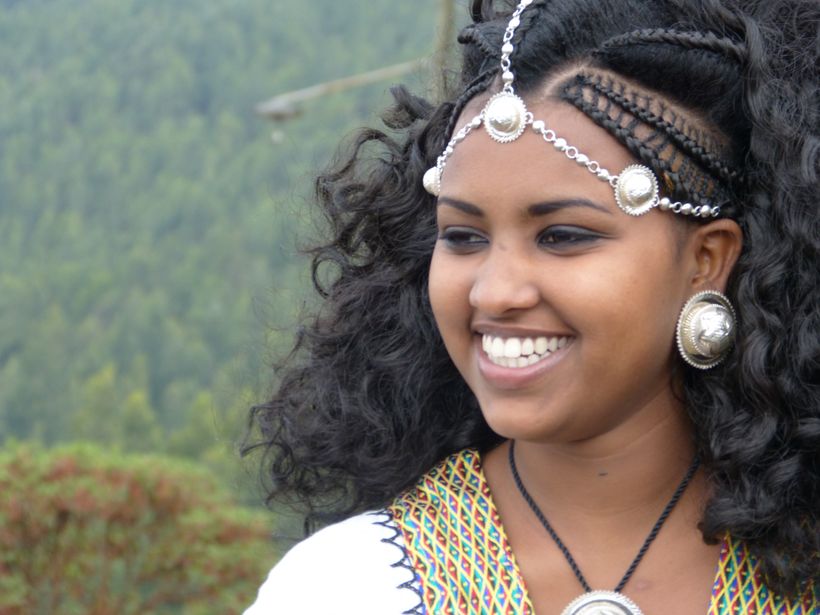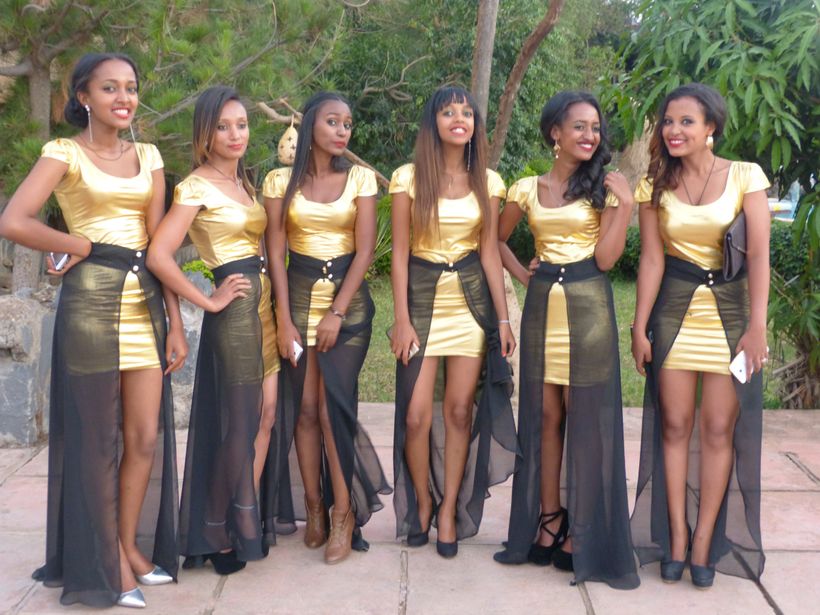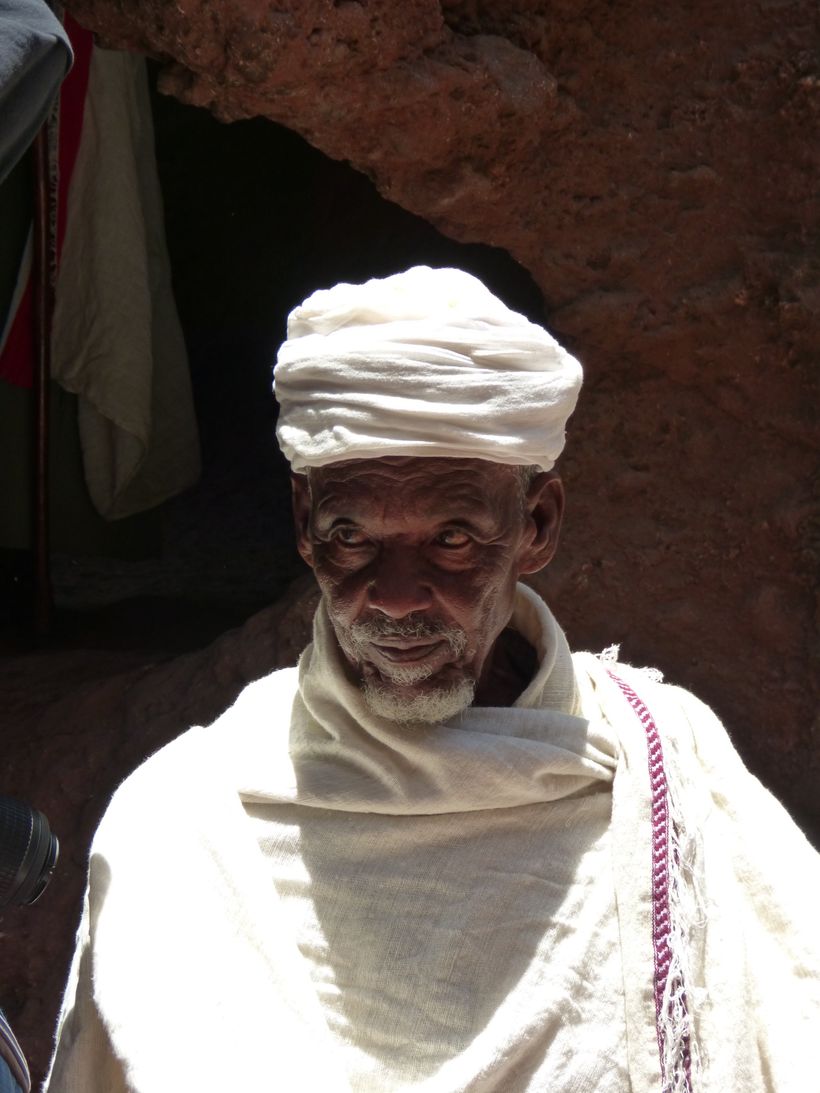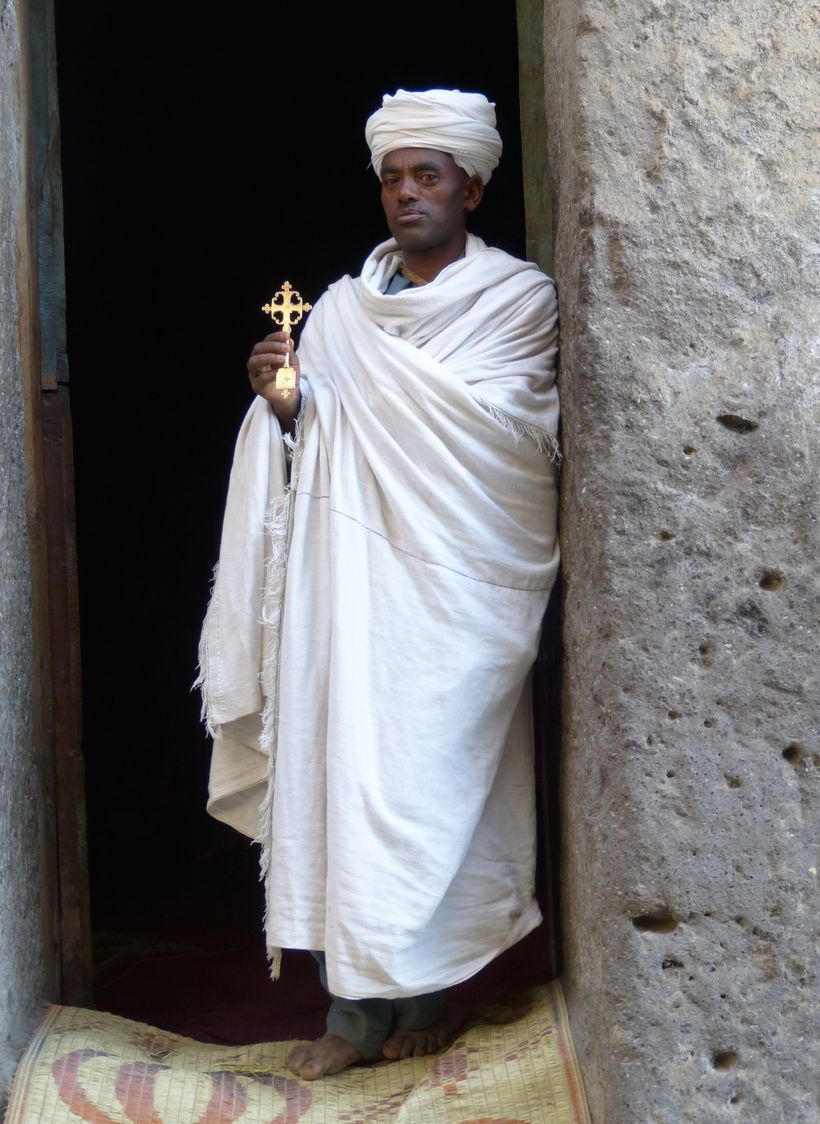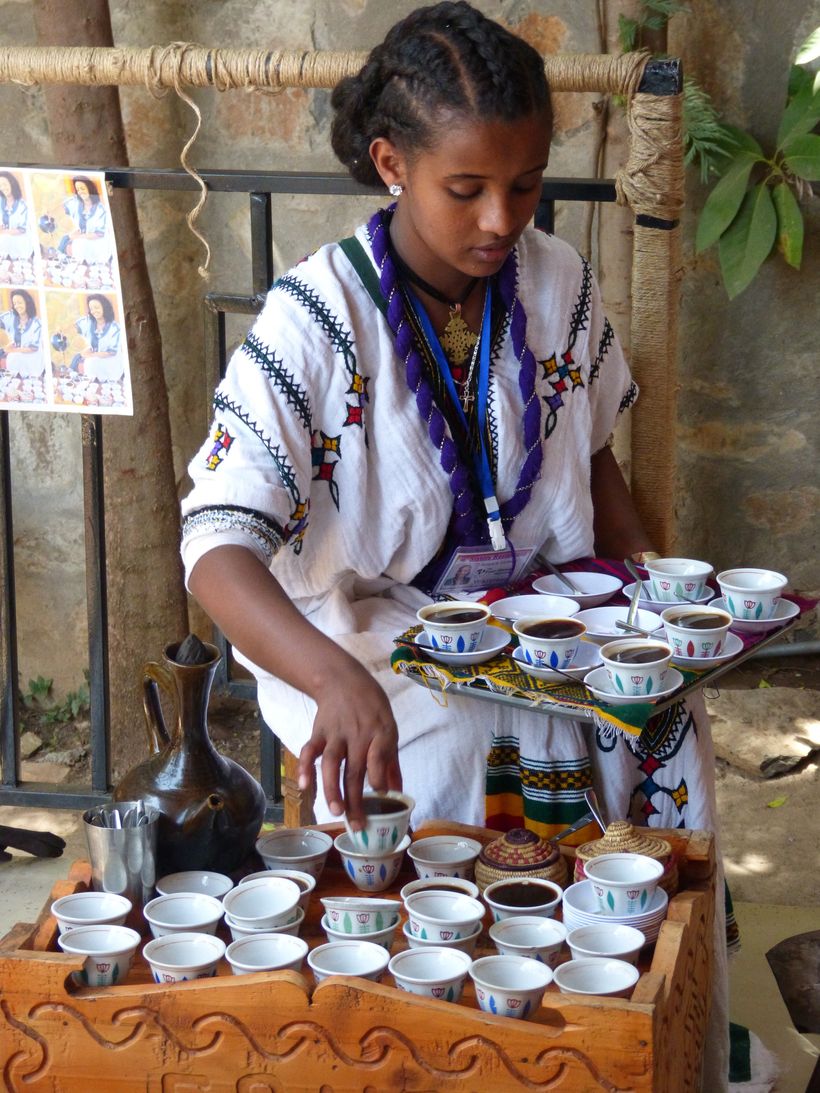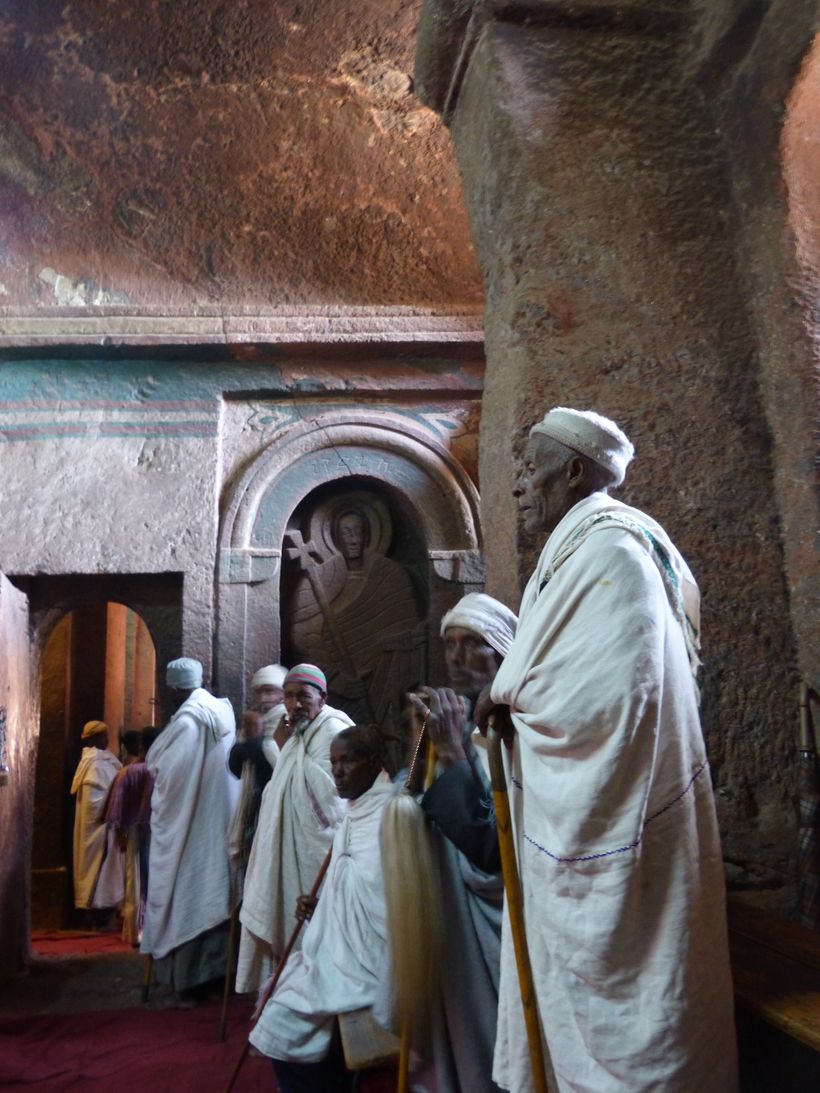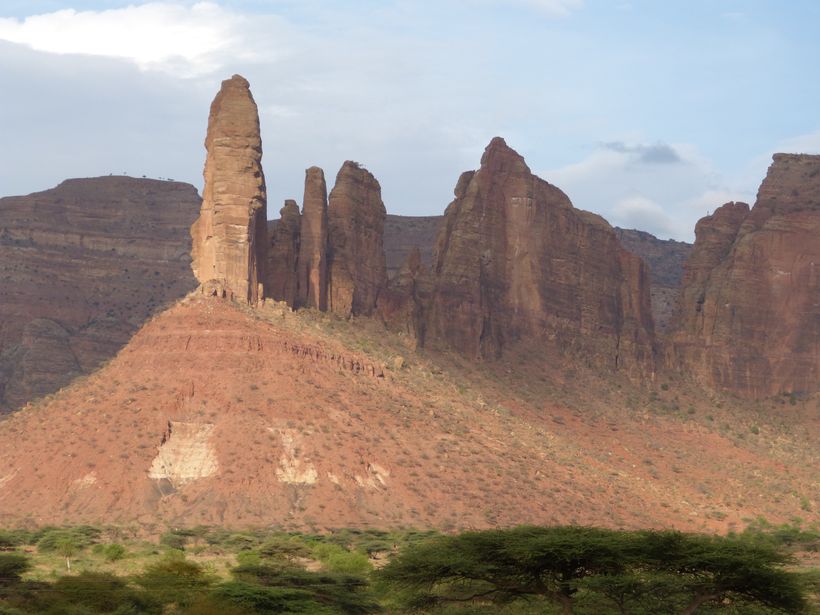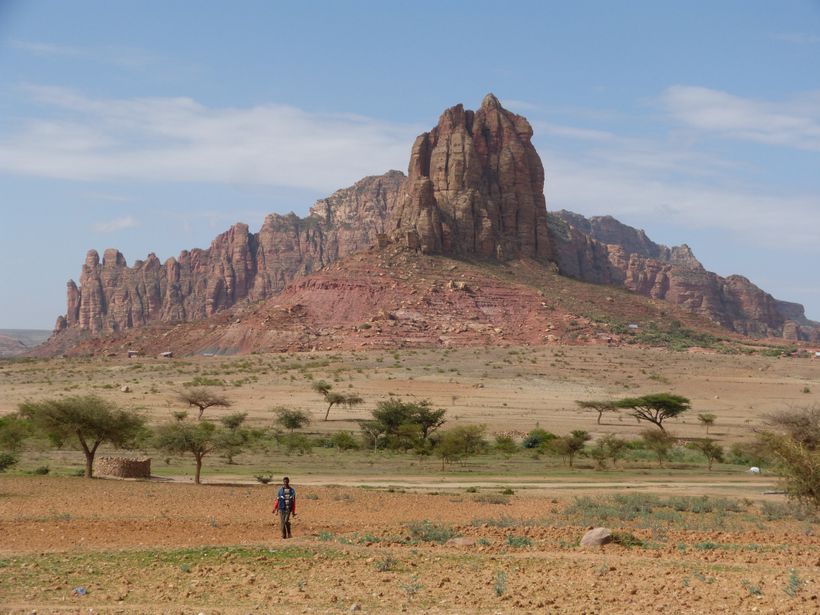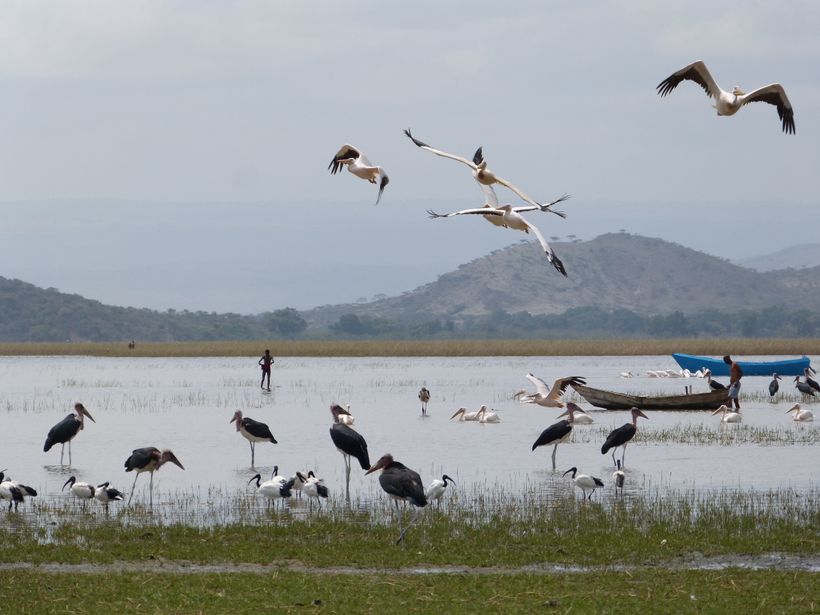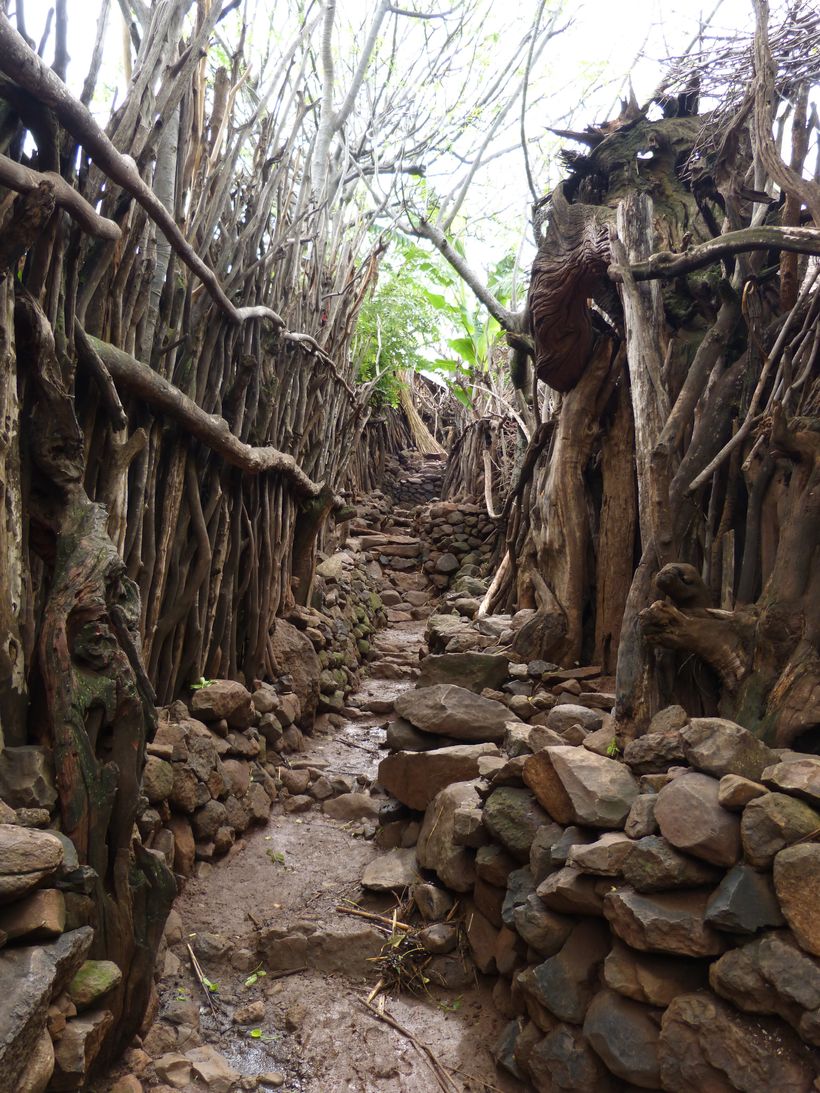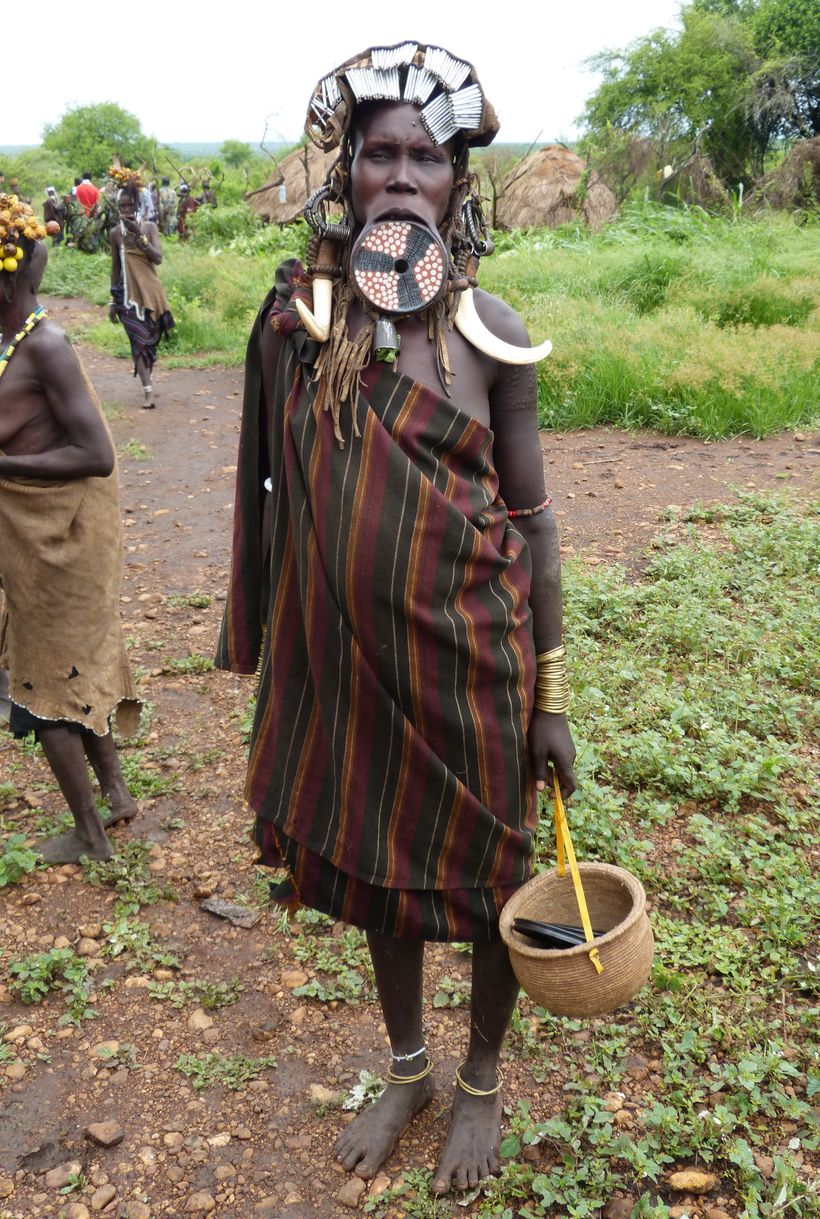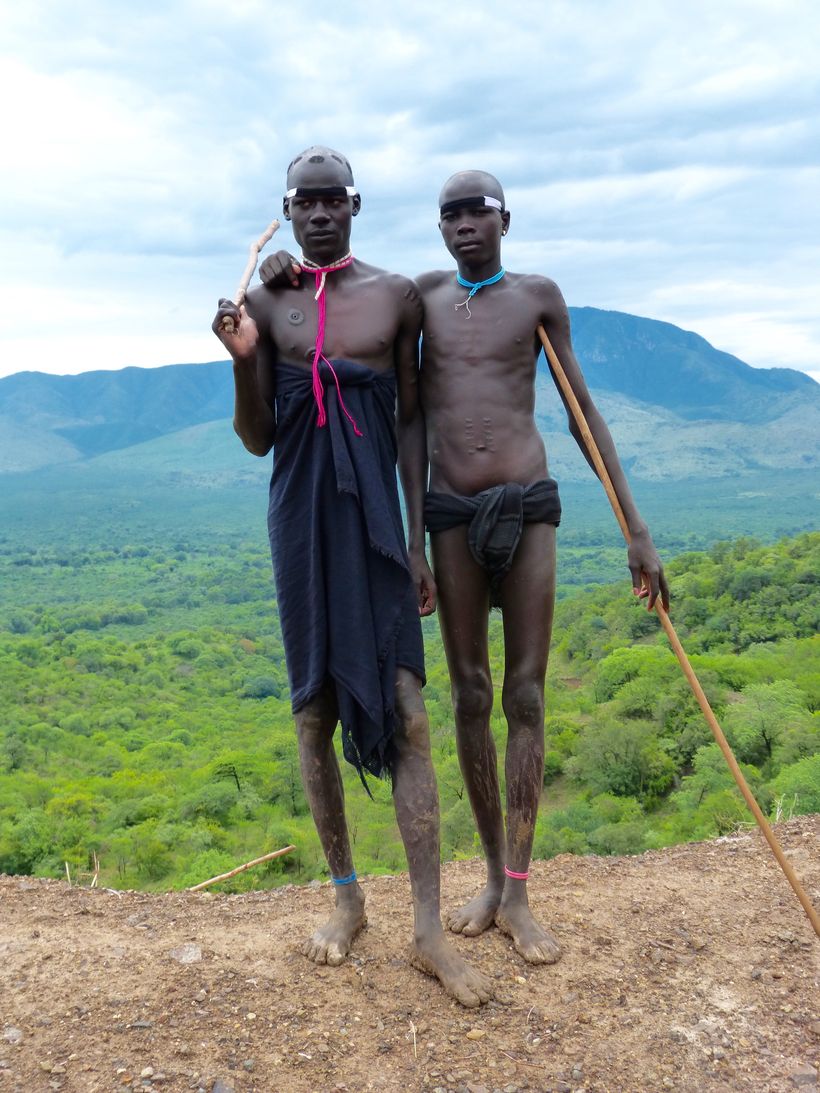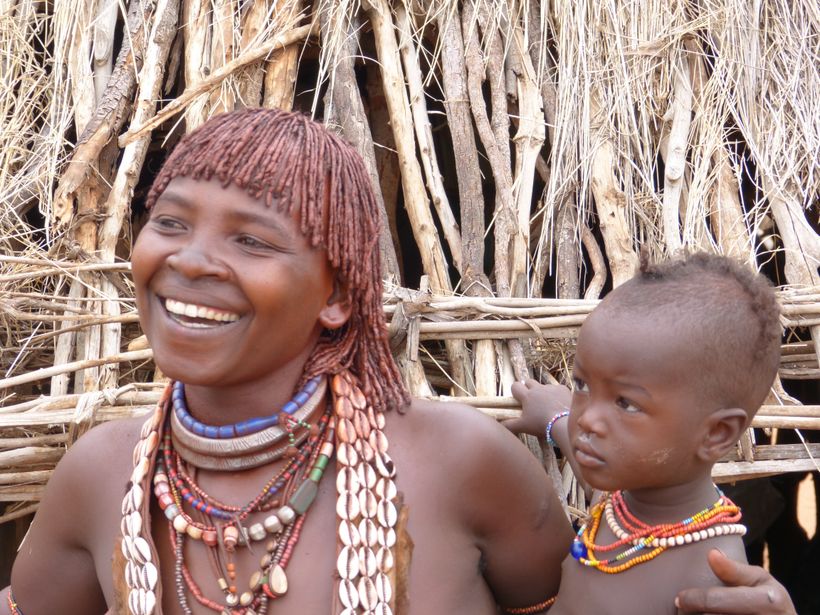The chanting of the two boys sitting under the tree reminded me of my Bar Mitzvah class over 60 years ago. The language was different – Amharic, not Hebrew – as was the religion – Ethiopian Orthodox, not Jewish — and the boys bore little resemblance to the pudgy, pasty pre-adolescent friends of my youth, but the sounds were eerily similar.
Well, maybe not so eerie. As the ancient crossroads between Europe, Africa, Asia and the Middle East, all kinds of people passed through this region thousands of years ago, depositing customs, practices and ceremonies along the way. In Ethiopia these cultural artifacts have been blended into a melange not unlike the array of food on a disk of injera, the fermented bread that is the staple of the Ethiopian diet.
History lives in Ethiopia. This isn’t history as an abstract and academic discipline. It’s one thing to read history, it’s another to experience it. While the practices, dress and decorations reflect the religious roots of the western world, the familiar is often counterbalanced by the strange in this evocative, mysterious land.
The first week of my trip, which was hosted by local operator Jacaranda Tours (http://www.jacarandatours.com), was spent in the historic north where early trade routes shaped the cultural and religious traditions of the country, as well as the striking features of both the women and men who live here.
We started in Bahir Dar on Lake Tana, the first stop in the historical circuit. Outside a 14th Century monastery across the lake is where I encountered the two boys sitting under a tree chanting from the Psalms of David.
After a brief stop in Gondar, the 17th Century capital of Ethiopia, noted for its medieval style castles, royal intrigue and history, we took a short flight further north to Lalibella. This is where the familiar gets really weird. By familiar I mean Christian religious practice and ceremony. As a Jew my familiarity with Christian ceremony is mostly secondhand though I have attended my share of Christian weddings, including Catholic and Orthodox; I have even been best man at a couple. So Christian ceremony is not that strange to me, but what I witnessed and experienced in Lalibella was way off my cognitive grid.
In the dark, underground, rock-hewn churches, enveloped in incense and chanting, surrounded by men and women wrapped in white, I had what could only be described as a religious experience. If not from another world, this was definitely from another century – the 13th to be exact.
Feeling like an intruder, I weaved my way among the worshipers, taking photos in the faint light.
They didn’t seem to mind. As we were leaving, a blind priest greeted us and, as translated by our guide, told us how pleased he was to welcome us to his church. He thanked our guide for bringing visitors “who traveled across oceans and continents to get his blessings,” and wished us a safe return home.
Maybe the chanting, incense, other-worldly surroundings, or the priest’s welcoming embrace nudged me toward the spiritual end of my science/metaphysics belief scale. Whatever it was, I choked up with emotion. It took me several minutes out in the air and sunshine before I completely regained my composure.
From Lalibella, we headed to Axum, the oldest and holiest city of Ethiopia, and the location for the St. Mary of Zion Church, where the ark of the covenant is supposedly kept (I say “supposedly” since no one, other than the priest who runs the church, has ever seen it. I guess we just have to take his word for it.).
Less than an hour outside of Axum was the most breathtaking, parched and dramatic scenery of the trip, reminiscent of the canyon country and deserts of southern Utah and northern New Mexico. But in place of Native American pueblos, rock-hewn churches stand on the mesas and hug the cliffs.
After Axum we spent a week in the south, a very different kind of experience. The scenery is lush with many lakes and the wildlife — mostly hippos, crocs and birds — is decidedly more abundant.
But the main draw of the region is the indigenous people in various tribes living much as they have for centuries. Among the tribes we visited were the Dorze in a traditional village high in the hills, famous for their bee-shaped houses and colorful weaving; the Konso in their 1000+ year old village of rock walls, terraces and narrow muddy paths;
the Mursi people with their elaborate decorations, facial makeup, lip plates, and the women’s casual disregard for wearing anything above their waists;
and the Hamer, the tribe with the most attractive people sporting great hairdos, body painting, and smiles.
Ethiopia is definitely authentic. But authentic can also mean mud, flies, intermittent water and electricity, long drives on rough roads and troublesome cultural practices such as forced marriage. However, for travelers interested in diverse indigenous peoples and a fascinating history that is also immediate, real, and personal, Ethiopia is a must see destination. The comforts and conveniences we tend to take for granted may be in short supply, but the experience will be both exotic and reassuringly familiar, and as authentic as it gets.
(for more information and photos look up “Africa,” then “Ethiopia” on the blog on Don’s website http://www.adventuretransformations.com)

